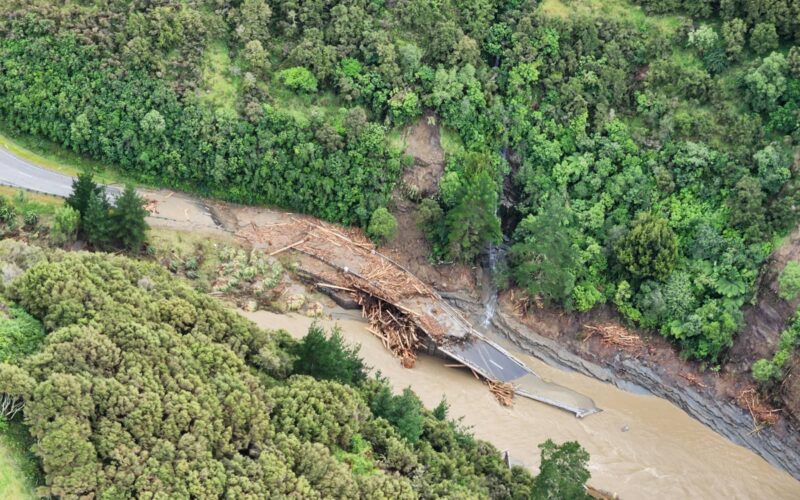Despite the region enduring two years of devastating weather events, Gisborne’s mayor remains highly optimistic about Tairāwhiti’s future as a high value horticultural hub serving New Zealand and the rest of the world.
But she said there remains an urgent need to review how regions like hers receive roading recovery funding to ensure they are reconnected sooner to the rest of that world.
Mayor Rehette Stoltz has a mayoral role that competes with Auckland’s Wayne Brown’s for media profile since her region was shoved into the national limelight by Gabrielle’s wrath.
For her and her ratepayers, the key priority remains roading infrastructure repair and access.
“I have opened many new bridges in the past year, but there is still much that needs to be done. Right now, I am actively dealing with farmers who have to move stock off their farms, but still have no access. The council is working on it, but funds are limited.”
She said Gabrielle has highlighted the need for a completely new look at NZ’s road funding legislation.
Despite only 200km out of 2000km of roads in the district being Waka Kotahi state highways, the agency is still also responsible for oversight on funding for the local roads.
“We need more bespoke legislation to make emergency funding available faster after such events, to get the repairs done that are needed so urgently.
“Waka Kotahi are doing the best they can, but we need this change as a nation to respond to future events like this.”
One year on from Gabrielle, Stoltz acknowledged the region remains in recovery mode and faces connecting with new government ministers to keep the momentum of that recovery running at full pace.
“We have found some tasks, like silt removal, have proven to be significantly greater than first realised, with some major costs being faced by growers.”
Some kiwifruit orchards have faced bills of $100,000 a hectare for the judicious removal of meters of silt between vine bays.
Legacy slash removal is another area also requiring ongoing funding to ensure it is completed as fully as possible.
“We are waiting for the new government to indicate what they want their priorities to be.”
In the wake of the post-Gabrielle forestry and land use inquiry, Stoltz has welcomed the recommendation that councils can have more say in how forests are planted and managed in their districts.
“It is a start. But we also now have a new government, with different priorities, so we have to share the same desired outcomes otherwise we will be working against each other.”
She said forestry will always have a place on the coast and can’t be demonised when it also plays a role on so many farms in reducing erosion.
But any future remediation funding for either exotic or native plantings is likely to remain some way off as the region remains in recovery mode.
Over $200 million of funding has already been received to help with road restoration, house removal and further flood protection, on top of a pre-budgeted $30m scheme.
This, along with a $15m project to elevate existing homes against future floods, will all provide reasons for people to stay or move to a region more capable of facing future events – and keep it one of the nation’s key produce growing regions.
In Focus podcast | 9 February
This month marks one year since Cyclone Gabrielle ripped through the eastern North island. Farmers, growers and communities faced a massive recovery as they worked to rebuild infrastructure, supply chains and get the land back into productive shape.
For this week’s show, Bryan sits down with Rod Vowles, who farms just east of Waipawa a few kilometres from the Tukituki River. His story of survival is astonishing.
Then, Karen Morrish from Apples and Pears NZ to see how Hawke’s Bay growers are faring as the harvest gets under way.
And, Federated Farmers national board member Sandra Faulkner shares how Tairāwhiti farmers are getting on up the coast.






